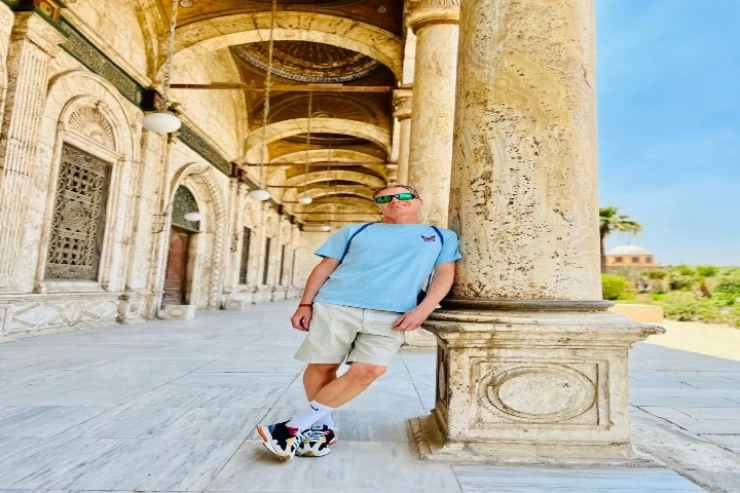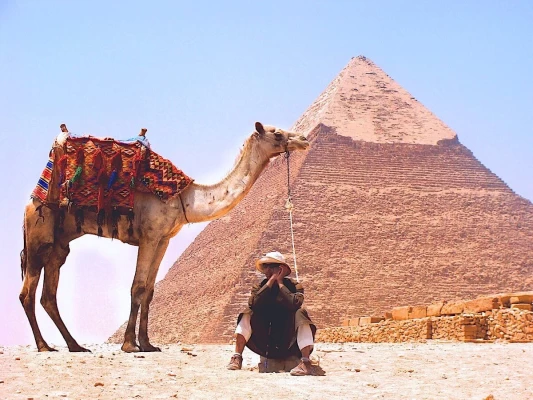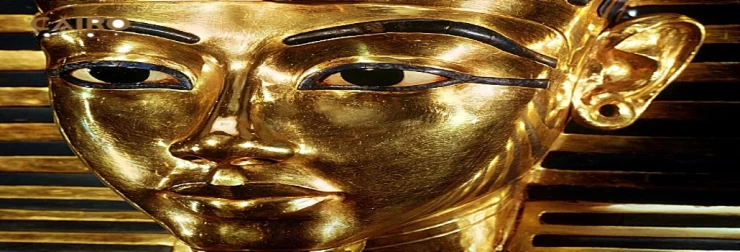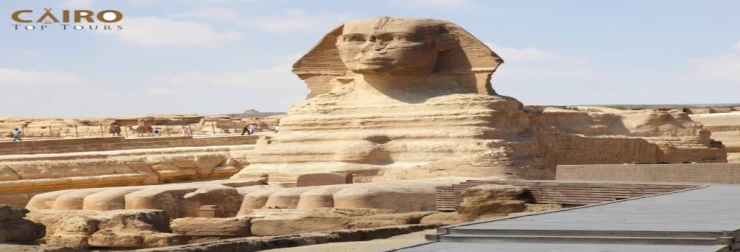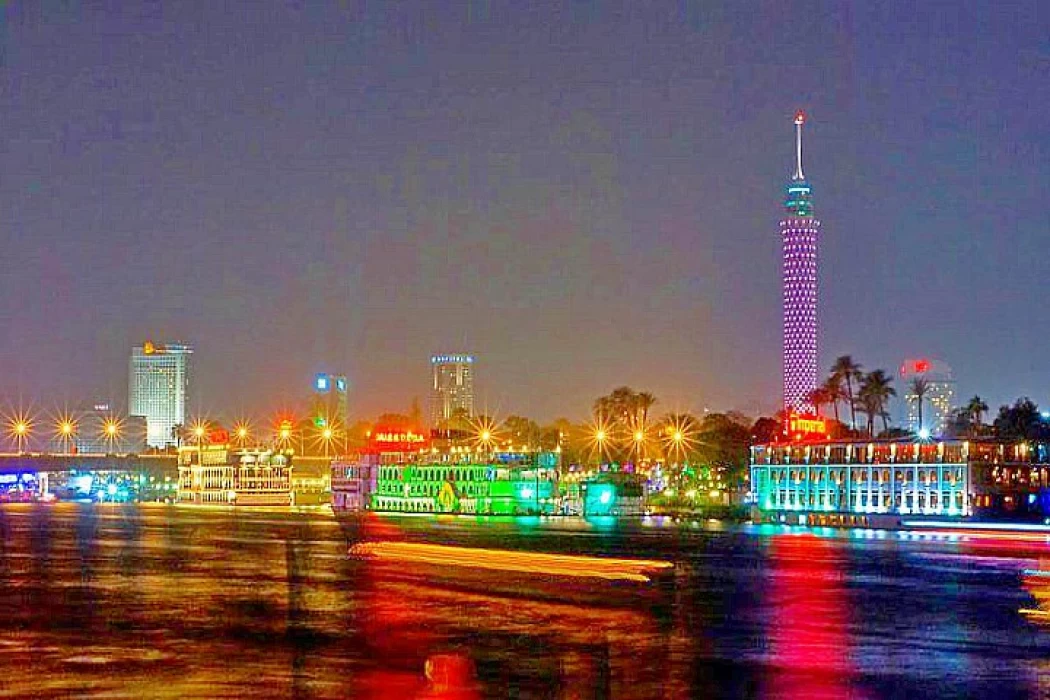
Cairo Tower | Cairo Tower Information
Details regarding Cairo Tower
Under Gamal Abdel Nasser's rule, the Cairo tower was created by architect Naoum Chebib and inaugurated on April 11, 1961. It was completely restored for five years, from 2004 to 2009, in time for its 50th anniversary in April of 2011. There are three elevators and sixteen levels in the internal structure. Since Aswan granite is the same stone used to build pyramids, it is known for its nobility and holds great symbolic value in Egypt.
Its charm is visible to the naked eye, with an imposing shape that is difficult to ignore and with this form that represents birth and prosperity through the lotus flower, present in the paintings of so many tombs and pyramids in the necropolises of ancient Egypt. And its exterior appearance is as unique as it is iconic, with its lattice of interlocking grilles forming a large tube that opens very slightly at the top.
But the Cairo Tower also has an added charm inside, namely that it offers the best panoramic views of the city thanks to its 360 degree circular platform. It also has a revolving restaurant at the end of the tower, where you can enjoy the view by sliding gently, which will allow you to have different views of the skyline.
An additional fact about the restaurant is that in addition to preparing the most delicious and traditional dishes of Egyptian cuisine, the famous actress Katherine Hepburn dined there at its inauguration.
The pyramids in the west and the start of the enthralling Sahara desert are visible from the Cairo Tower. The Nile tributaries and its two banks on Gezira Island are also seen in all their splendor. Tahrir Square and the Cairo Museum are other points of interest that can be seen from this viewpoint. The platform is accessed on a first-come, first-served basis with an assigned number announced on an electronic panel.







